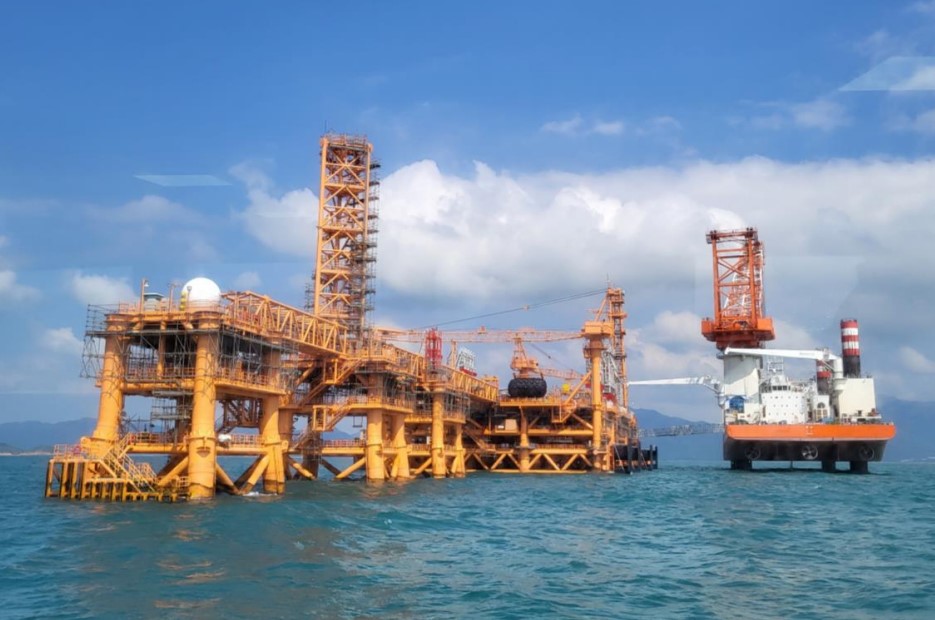The world’s largest FSRU, owned by MOL, is expected to arrive in Hong Kong this week to start serving Hong Kong’s first LNG import facility, according to shipping data.
The 263,000-cbm MOL FSRU Challenger left Singapore last week and should arrive in Hong Kong on April 13, its AIS data provided by VesselsValue shows.
According to the data, the vessel appears to be empty.
This FSRU has a nominal capacity of 600 million cubic feet per day with a maximum capacity of 800 million cubic feet per day.
To remind, Japan’s MOL and Dutch Vopak signed a deal in 2021 to jointly own the giant FSRU which will serve the new offshore LNG terminal in Hong Kong.
Under the deal, Vopak had planned to buy 49.99 percent of the shares from MOL in the vessel owning company of the 2017-built, 345 meters long FSRU.
However, Vopak said in a statement on Tuesday it will not purchase the stake in the FSRU.
MOL and Vopak will provide jetty operations and maintenance and port services to the LNG import project.
The two firms also joined forces for the development of the project’s double berth jetty and maintenance services.

Commercial launch in mid-2023
CLP Power and HK Electric said last month that they have issued a tender to buy a commissioning cargo for Hong Kong’s first LNG import terminal.
A spokeswoman for HK Electric confirmed to LNG Prime that the target for the offshore LNG terminal in Hong Kong to go into commercial operation in mid-2023 remains unchanged.
Hong Kong LNG Terminal is a joint venture consisting of power firm HK Electric and Castle Peak Power, in which CLP Power Hong Kong holds 70 percent and China Southern Power Grid International has 30 percent.
The LNG import terminal project forms part of Hong Kong’s initiative to reduce emissions. The city and special administrative region of China aims to replace about half of its power generation fuel with natural gas.
Besides the giant FSRU, the facility includes the mentioned jetty and subsea pipelines.
Regasified LNG coming from the FSRU will supply two power plants and these include the Black Point power station located in the New Territories and Lamma power station located at Lamma Island.
Also, Shell will supply LNG as part of a long-term deal signed with the two utilities in 2019.
(Article updated to say that Vopak will not take a stake in the FSRU.)

